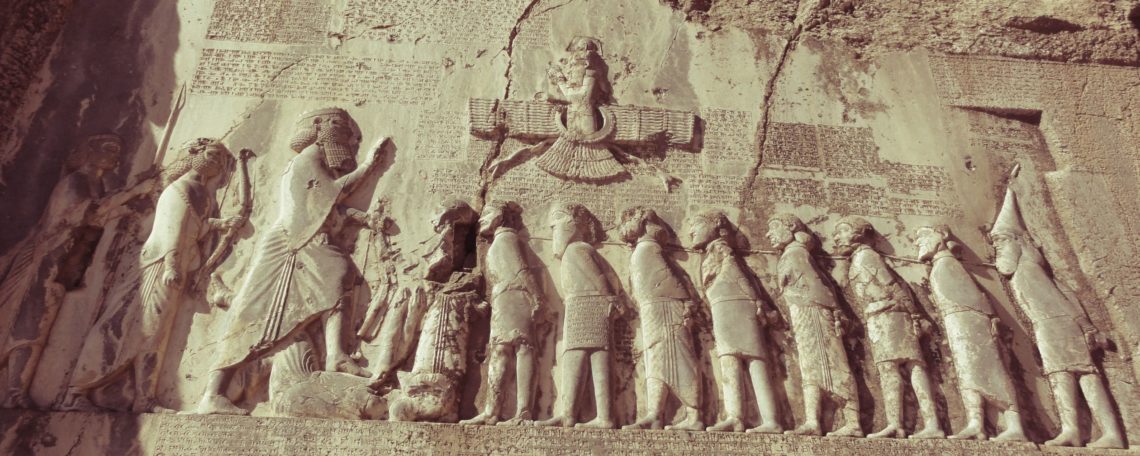They are not just some fantastic places with great historical value and marvelous views or magnificent features. Heritage sites are what we have inherited from our ancestors, through decades and centuries. They are out there to show us how we got here and tell us a bit more about the culture, ideology, governing systems, art, social structure, and craftsmanship of those who lived and died before us. That’s why UNESCO takes serious actions and have strict rules to preserve these unforgettable spots and help the governments in charge to safeguard them, for this generation and the next ones to come. World heritage sites in Iran are no exception in this matter. Iran, as a country born and raised in the cradle of civilization, hosts up to 24 registered world heritage sites and many more in the line to get the recognition and the attention they deserve. you can book all of your services like Iran visa, Iran hotels, Iran domestic flights & buses and… easily through 1stQuest.

From north to south, at every corner of the country, heritage sites are something that you can’t miss when you’re traveling in Iran. Even if you shut your eyes and try to avoid them, from now to then you will stumble upon a magnificent marvel with traces of art and architecture essence collected over thousands of years, from the old Persia era and the newer Iran. Although 24 world heritage sites might not sound too impressive to you but you need to take into consideration that what you are now studying on the map as the territorial lands of Iran, once used to stretch from China to the very eastern shores of Mediterranean sea engulfing countries currently knows as Iraq, Kazakhstan, Turkmenistan, Afghanistan, parts of Turkey and Egypt, and also a chunk of Iran’s today eastern neighbor Pakistan. Throw all these countries into the mix and add some lack of political influence and also being on the bad side of the worlds superpowers for almost a decade, you can get an idea to why world heritage sites in Iran are not so much in number and this country is located in the middle of the countries with most global heritage sites.
Despite all these problems and being low in numbers, the 24 currently recorded world heritage sites in Iran are can go far beyond your expectations and stun your eyes upon visit. Here, we are going to show you the top 10 Iranian built legacies:
1. Bam and its cultural landscape
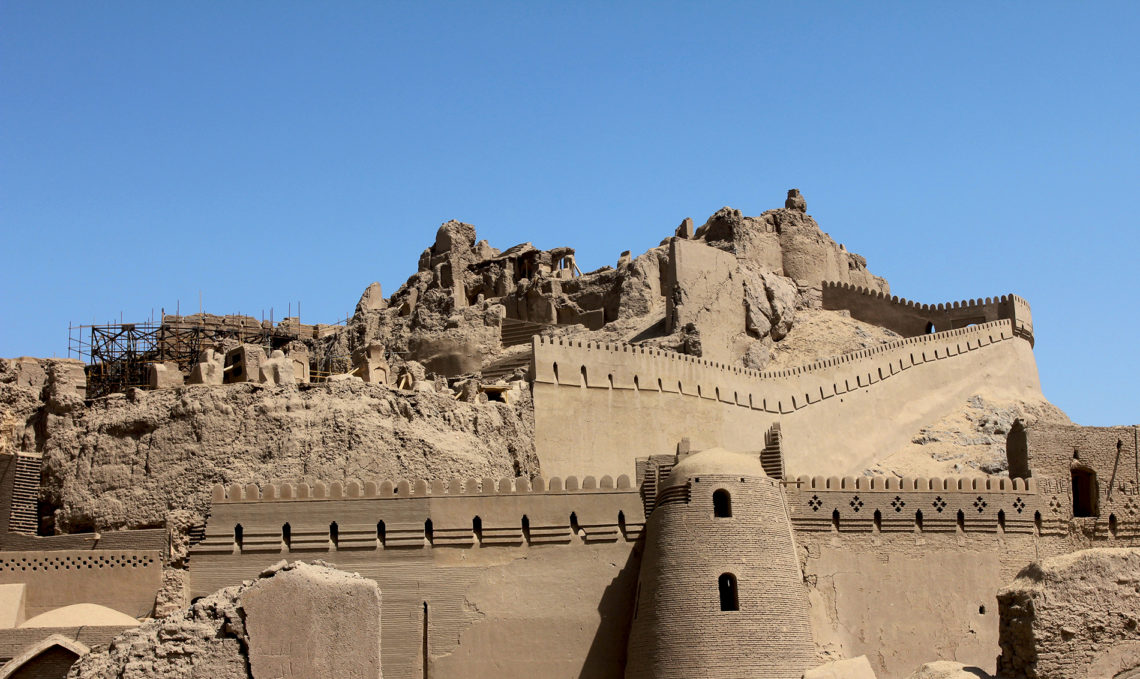
Bam and its cultural landscape
Bam is situated in a desert environment on the southern edge of the Iranian high plateau. The origins of Arg-e Bam can be traced back to the Achaemenid period (6th to 4th centuries BC). Its heyday was from the 7th to 11th centuries, being at the crossroads of important trade routes and known for the production of silk and cotton garments. The existence of life in the oasis was based on the underground irrigation canals, the Qanats, of which Bam has preserved some of the earliest evidence in Iran. This world heritage site in Iran sustained devastating damage in the 2003 Bam earthquake that not only killed thousands of people, but it nearly was taking their ancestral legacy to the ground too. However, a team of experts by UNESCO managed to handle the situation and restore the massive citadel to its former glory. for more information about Kerman city, check out this article: Kerman travel guide
2. Meidan-e Emam
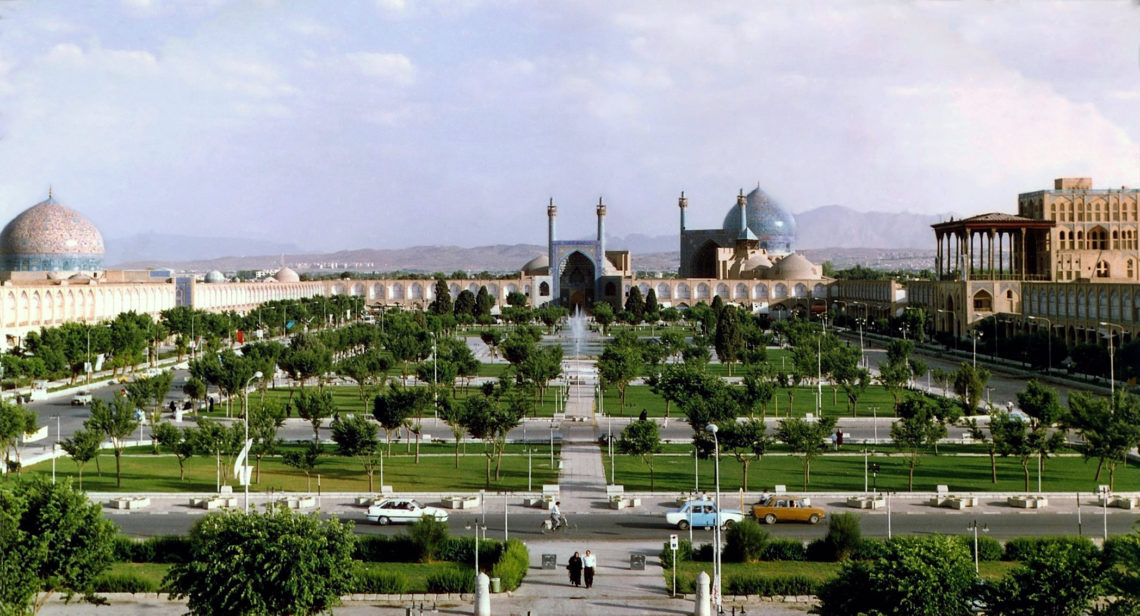
Meidan-e Emam, Isfahan, Iran
Built by Shah Abbas I the Great at the beginning of the 17th century, and bordered on all sides by monumental buildings linked by a series of two-storeyed arcades, the site is known for the Royal Mosque, the Mosque of Sheykh Lotfollah, the magnificent Portico of Qaysariyyeh and the 15th-century Timurid palace. Compared to other cities with historical sites, Isfahan is an assembly of world heritage sites in Iran, registered or on the list. Here are the most beautiful buildings in Isfahan: architectural sites in Isfahan
3. Pasargadae
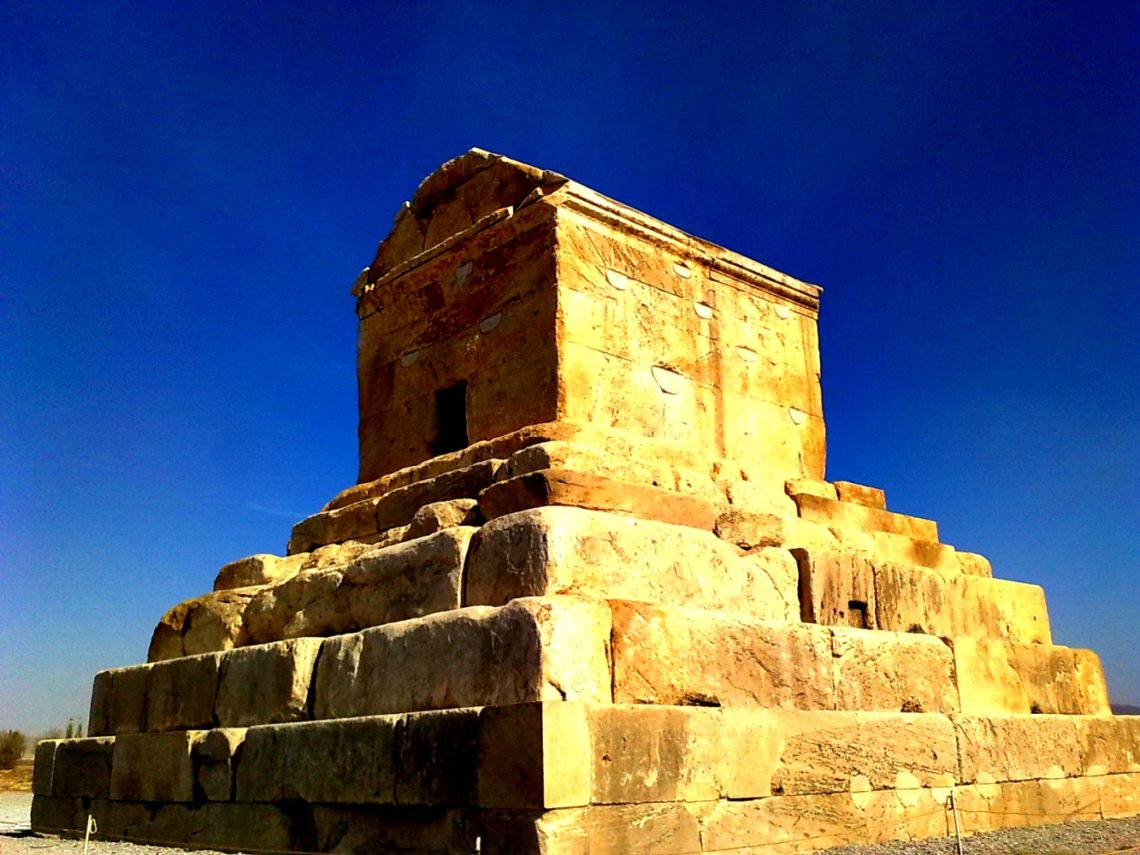
Pasargadae, Shiraz, Iran
One of the most captivating world heritage sites in Iran, located in the southern province of Shiraz, Pasargadae was the first dynastic capital of the Achaemenid Empire, founded by Cyrus II the Great, in Pars, the homeland of the Persians, in the 6th century BC. Its palaces, gardens and the mausoleum of Cyrus are outstanding examples of the first phase of royal Achaemenid art and architecture and exceptional testimonies of Persian civilization. Pasargadae is where Iranian people gather to celebrate Nowruz and on another date, the annual birthday festive of Cyrus the great and renew their vows with their predecessors that good thoughts lead into good words and eventually into good deeds. if you are looking for a Shiraz travel guide, Check out this article: Shiraz in 3 days
4. Persepolis

Persepolis, Shiraz, Iran
Close to Pasargadae, the resting place of the Cyrus the great, Persepolis is the capital ceremonial capital of the Achaemenid empire and one of the most dazzling world heritage sites in Iran called Persepolis. It was built on an immense half-artificial, half-natural terrace, where the king of kings created an impressive palace complex inspired by Mesopotamian models. Persepolis is the true pride of old Persia and a survivor of horrifying fire set upon it by Alexander of Macedon. However, being immune to the heat of the enraging flames, many stone pillars and clay scripts remain untouched and healthy now to enchant the sight of any visitor. if it’s your first trip to Shiraz, check out this article: travel to Shiraz
5. Shushtar historical hydraulic system
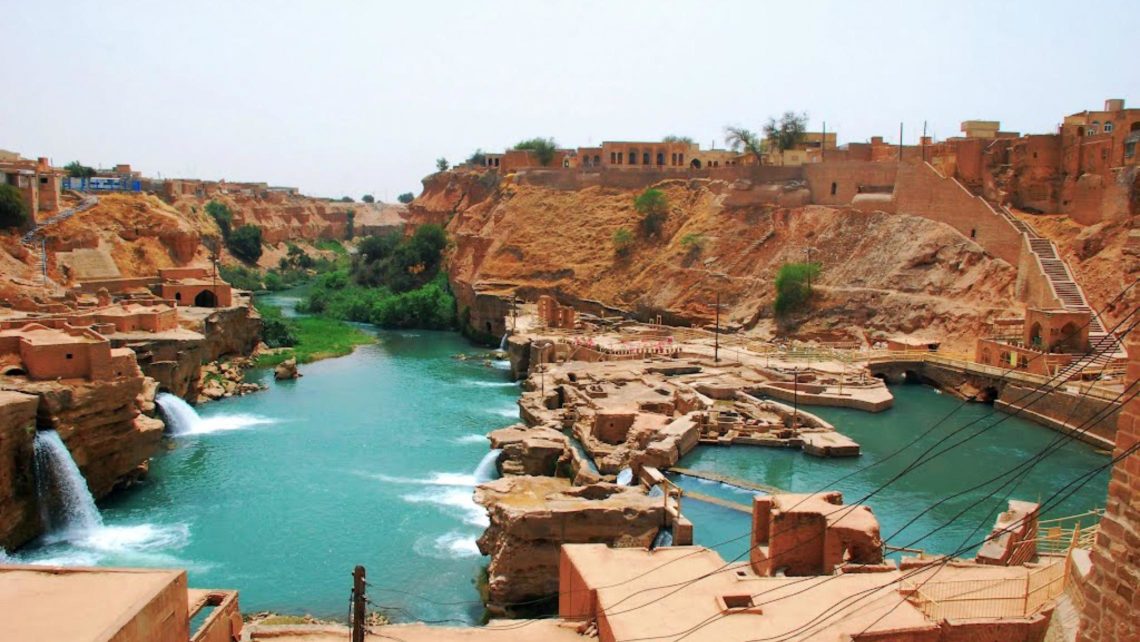
Shushtar historical hydraulic system, Shush, Khuzestan, Iran
Another shining diamond in the world heritage sites in Iran is Shushtar historical hydraulic System. Shushtar Hydraulic System involved the creation of a diversion canal on the river Karun to form a moat around the city and the system of subterranean channels called Qanats connected the canals to the private reservoirs of houses, buildings, and watermills. While the Shushtar water system has was built in the Achaemenid times, much of its renovation and expansion was carried out in the 3rd century AD during the time of the Sassanid empire. When you travel to Iran and to this historical and cultural invaluable masterpiece, the smell of baking bread from freshly milled wheat will definitely lift your spirits.
6. Takhte-e Soleyman
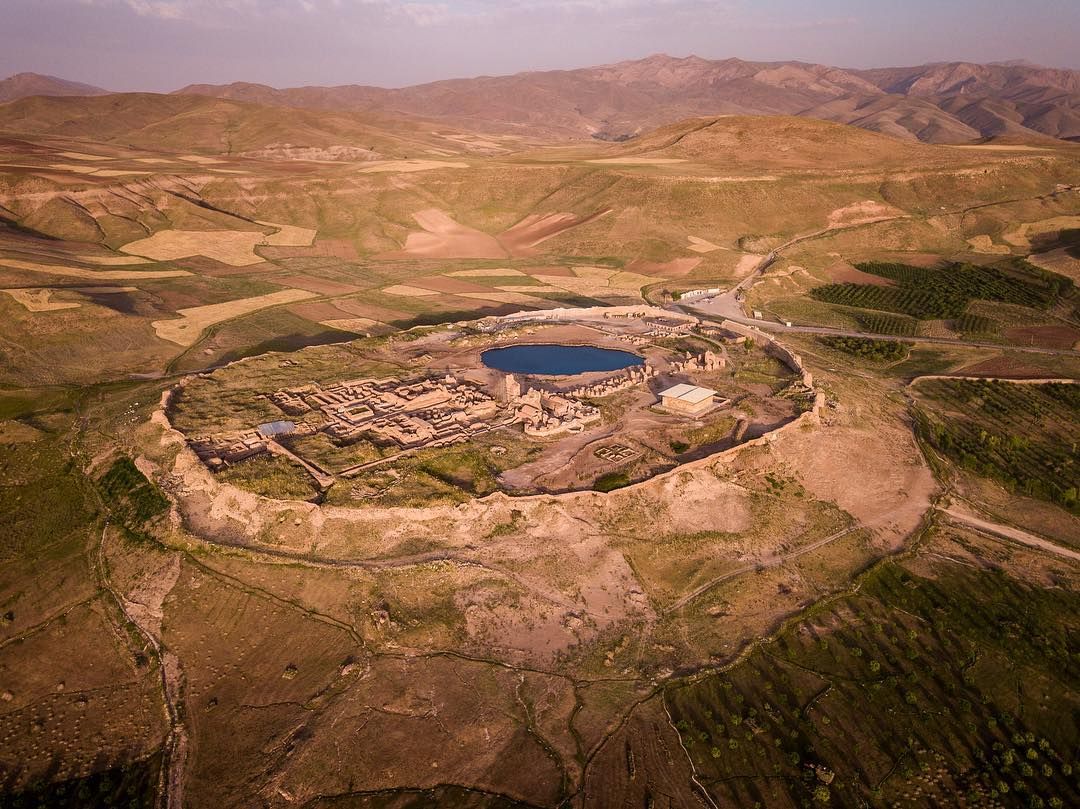
Takhte-e Soleyman, West Azerbaijan Province, Iran
The archaeological site of Takhte-e Soleyman, in north-western Iran, is situated in a valley set in a volcanic mountain region. This site was and still is considered as one of the most sacred world heritage sites in Iran with many Zoroastrianism sanctuaries, temples, a fire of highest order, and a lake fed by hidden spring underneath it, which all together is still believed that generates massive spiritual energy and the remaining Zoroastrians in Iran take it upon themselves as religious duty to go around the lake 7 times, such religious duties can only be seen in Mecca.
7. Golestan Palace

Golestan Palace, Tehran, Iran
The most up to date one in the 10 top world heritage sites in Iran is the lavish Golestan palace, a masterpiece of the Qajar era, embodying the successful integration of earlier Persian crafts and architecture with Western influences. The walled Palace, one of the oldest groups of buildings in Tehran, became the seat of government of the Qajar family, which came into power in 1779 and made Tehran the capital of the country. Built around a garden featuring pools as well as planted areas, the Palace’s most characteristic features and rich ornaments date from the 19th century. if you are interested in Tehran city, check out this article: Discover Tehran
8. Jameh Mosque of Isfahan
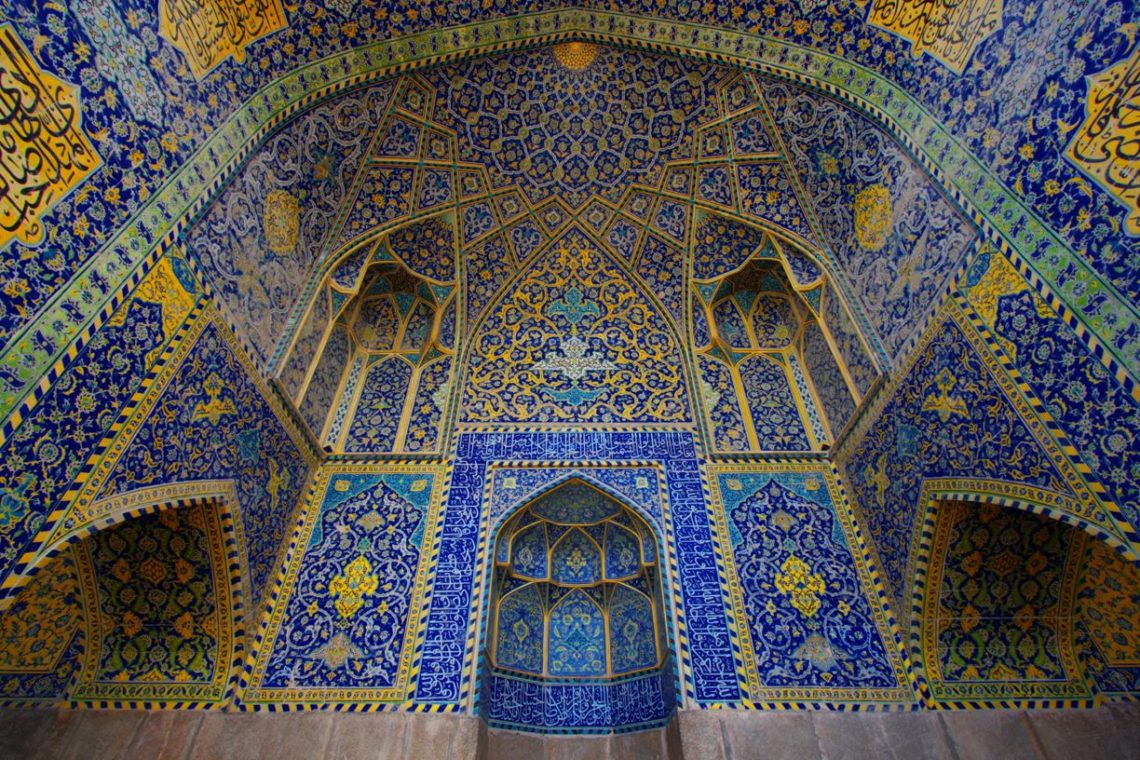
Jameh Mosque of Isfahan, Iran
Located in the historic center of Isfahan, the Jameh mosque or Friday mosque can be seen as a stunning illustration of the evolution of mosque architecture over twelve centuries, starting in ad 841. It is the oldest preserved edifice of its type in Iran and a prototype for later mosque designs throughout Central Asia. The complex, covering more than 20,000 square meters, is also the first Islamic building that adapted the four-courtyard layout of Sassanian palaces to Islamic religious architecture. Its double-shelled ribbed domes represent an architectural innovation that inspired builders throughout the region. The site also features remarkable decorative details representative of stylistic developments over more than a thousand years of Islamic art. if you wanna discover Isfahan in 3 days, check out this article: 3-days itinerary of Isfahan
9. Armenian monastic ensembles of Iran
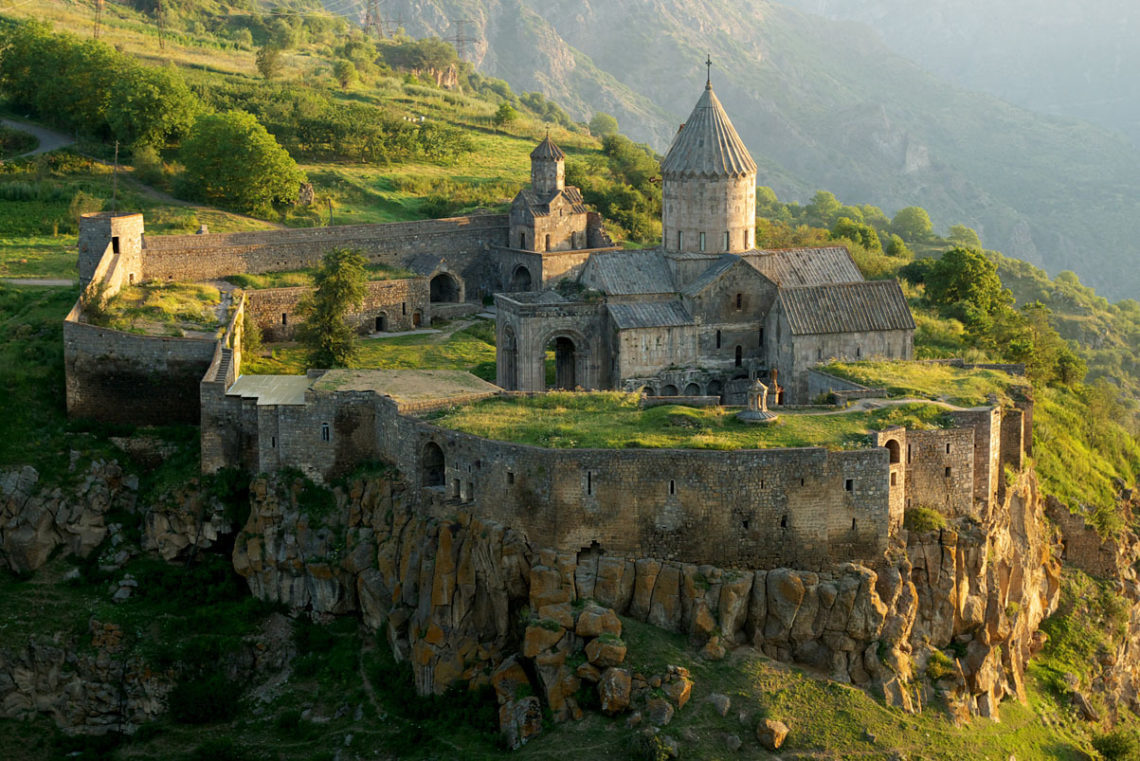
Armenian monastic ensembles of Iran
World heritage sites in Iran belong to everybody, regardless of their color, originality, minority, and religion. The Armenian Monastic Ensembles of Iran, in the north-west of the country, consists of three monastic ensembles of the Armenian Christian faith: St Thaddeus and St Stepanos and the Chapel of Dzordzor. These edifices – the oldest of which, St Thaddeus, dates back to the 7th century – are examples of the outstanding universal value of the Armenian architectural and decorative traditions. Situated on the south-eastern fringe of the main zone of the Armenian cultural space, the monasteries constituted a major center for the dissemination of that culture in the region.
10. Bisotun
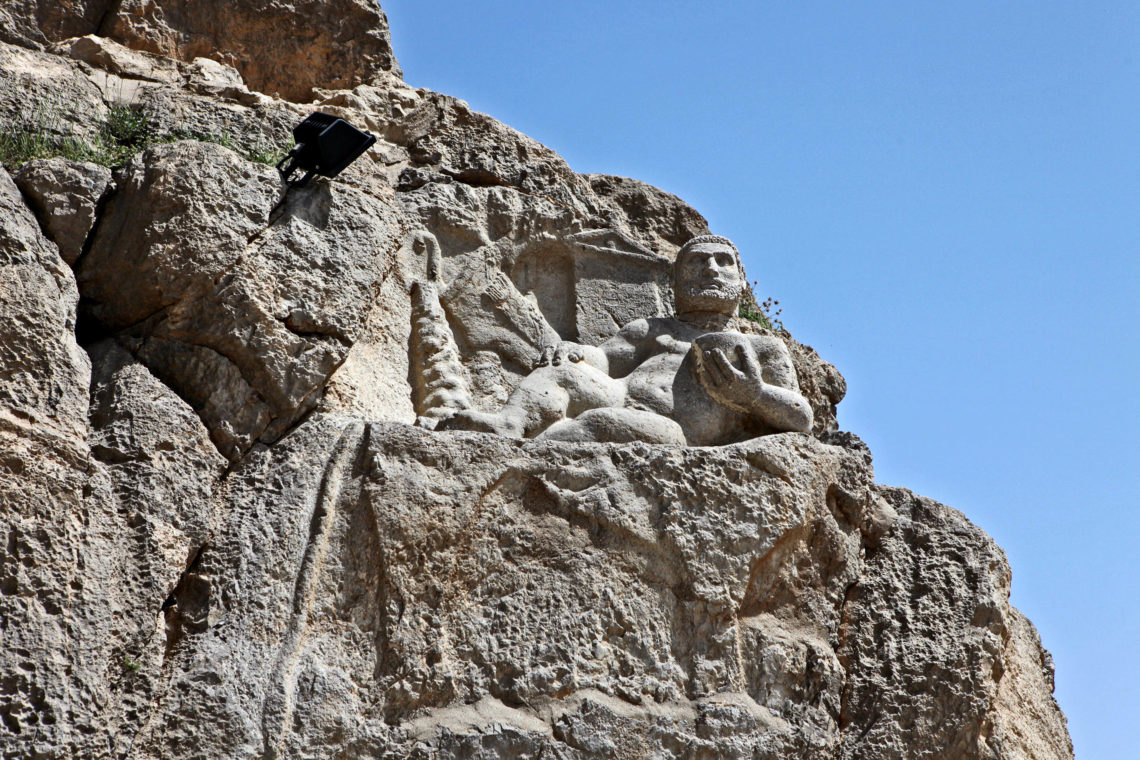
Bisotun, Kermanshah, Iran, Photo by: Ninara|Flickr
Located along the ancient trade route linking the Iranian high plateau with Mesopotamia and features remains from the prehistoric times to the Median, Achaemenid, Sassanian, and Ilkhanid periods, Bisotun is the bas-relief and cuneiform inscription ordered by Darius I, The Great, when he rose to the throne of the Persian Empire. It portrays Darius holding a bow, as a sign of sovereignty, and treading on the chest of a figure who lies on his back before him. Bisotun has athletic, historical, cultural, and social importance to the local people and tourists alike. Bisotun is listed as one of the world heritage sites in Iran which explodes it worth and brings global attention to it. for more information about less known destinations in Iran, check out this article: A Brief City Guide to Less known Destinations in Iran
